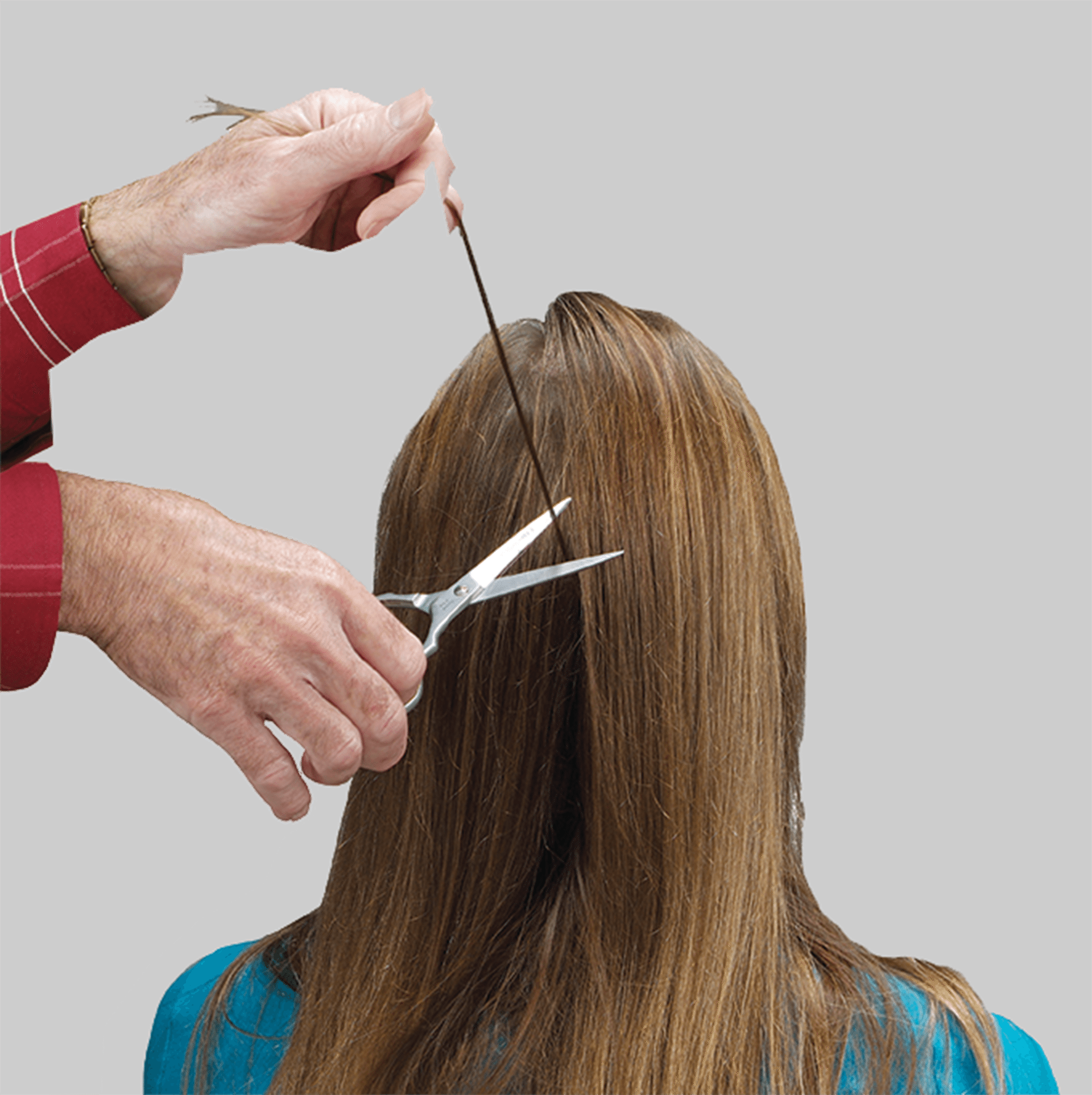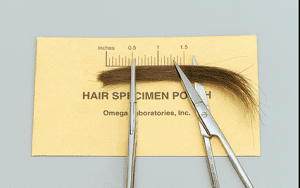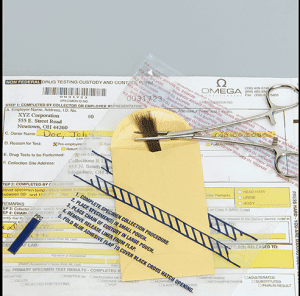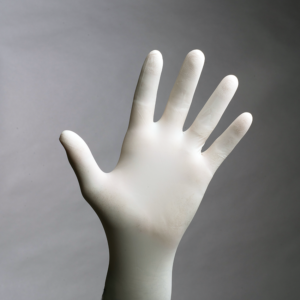Hair Follicle Drug Test
The hair follicle drug test is available as a 5 panel test and 5 panel test with extended opiates panel.
The hair follicle drug test detects:
- Cocaine
- Marijuana (THC)
- Opiates (codeine, morphine, heroin)
- Amphetamines
- PCP
In addition to the following 5 drugs, the extended opiates panel includes:
- Hydrocodone
- Hydromorphone
- Oxycodone
- Oxymorphone
Laboratory testing and results reporting is included. The hair follicle drug test is intended for court-ordered monitoring programs such as probation and substance abuse treatment programs.
90 Day Window of Detection
The 90-day detection window associated with a hair follicle drug test allows you to detect more drug users. When collecting a hair sample, the collector cuts a small swatch of hair close to the scalp. Only the 1 1/2″ of hair that grew closest to the scalp is sent to the lab for analysis. Because hair grows approximately a 1/2″ a month, the collected hair sample represents three months of growth. Because it takes only four to five days after drug use for hair to grow above the scalp, any drug use during the three months prior to the hair test will be detected with the hair test.
Eliminates Specimen Tampering and Adulteration
At this time there are no known adulterants for a hair follicle drug test. Since hair tests analyze the drugs inside the hair shaft, external contaminants and chemicals have no effect on the hair test. The non-intrusive collection procedure virtually eliminates test evasion, making hair testing far more effective than urinalysis in correctly identifying drug users. Two independent studies found that hair testing detected four to eight times as many drug users as did urine testing.
Laboratory GC/MS Confirmation Testing Process
The laboratory first performs a screening test using enzyme immunoassay methodology to detect the possible presence of drugs. Non-negative specimens are re-tested using GC/MS. To rule out the possibility of external contamination and to increase the level of certainty, GC/MS testing also looks for both the parent drug and/or the drug metabolites, as appropriate for the particular drug.








What others are saying
There are no contributions yet.